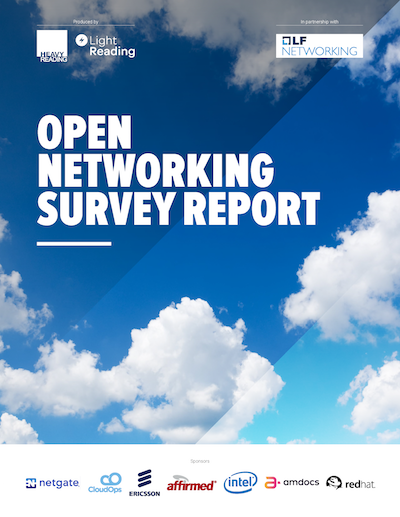Bird’s Eye View
pfSense® Plus and TNSR® are both excellent secure networking software solutions. And, while they share some common ground, they are more different than alike in terms of feature set, performance, scalability, manageability, and targeted users.

pfSense Plus is a fully-featured firewall, VPN and router solution
- Ideal for homes, businesses, educational institutions, government agencies and service providers
- Proven firewall (including IDS/IPS attack prevention, proxy, content filtering) and VPN and router feature set
- Scales well to the limits of kernel-based packet processing
- Traditional management via GUI and/or CLI
- Edge or cloud deployment

TNSR is a high-performance VPN and router solution
- Ideal for enterprise-class businesses, educational institutions, government agencies and service providers
- High-performance router and site-to-site VPN solution
- Extraordinary scale by leveraging Vector Packet Processing (VPP) and Data Plane Development Kit (DPDK)
- Automated management via RESTCONF API or CLI
- Edge or cloud deployment

Two Products Separated by Feature Set, Scale, and Manageability
pfSense Plus is ideal for users who need comprehensive firewall, routing and VPN capabilities for home, remote / branch office, corporate, or cloud locations. As well, it is easy to manage and has time-tested resilience and reliability.
Performance wise, pfSense can nearly saturate 1-10 Gbps WAN links when forwarding Iperf, or even IMIX, traffic. While the product is deployed across every vertical and continent for more demanding firewall and VPN applications, WAN link throughput will decline due to the limitations of kernel-based packet processing.
As throughput needs increase, especially where application (smaller packet) traffic and more robust encryption ciphers are used (high-performance VPN connections) come into play, TNSR soars in its ability to saturate 1,10, 40, and 50 Gbps native or bonded WAN links, nearly impervious to packet size. While fully-featured from an edge routing (including L2, L3, and L4 ACLs) and site-to-site IPsec VPN perspective, TNSR does not address common firewall use cases like iDS/IPS, content filtering. Finally, TNSR - as a high-performance router-based solution - is not equipped with a GUI, but rather a CLI and API, the latter of which lends itself to more advanced and automated configuration, management, and monitoring approaches.
A Rundown of Technical Specifications
A high-level comparison table is shown below. More detailed feature lists for pfSense software and TNSR software are here and here respectively. Product documentation provides the most definitive feature detail.
Feature |
pfSense+ Software |
TNSR Software |
|
|
Target Market |
|
High-performance router solutions for Businesses and Service Providers
|
|
|
Lifespan |
|
|
|
|
Router |
|
|
|
|
Network Services |
|
|
|
|
VPN and Tunneling |
|
|
|
|
Firewall |
|
|
|
|
IDS/IPS |
|
|
|
|
Proxy and Content Filtering |
|
|
|
|
Data Plane / Packet Processing |
|
|
|
|
User Management |
|
|
|
|
High Availability |
|
|
|
|
Performance |
|
|
|
|
Manageability |
|
|
|
|
Open Source Scope |
|
|
|
|
Commercialization |
|
|

%201.png?width=302&name=Netgate%20Logo%20PMS%20(horizontal)%201.png)
